Jaguar is working at top speed on an all-new £80,000-plus J-Pace SUV for 2021, designed to beat the Porsche Cayenne at its own game. A global trademark filing for the J-Pace moniker suggests that the model is edging closer to production, having been scooped by Autocar last year.
The Range Rover-rivalling SUV will have a brand-new shape inspired by Jaguar design director Ian Callum and an obvious on-road bias, but it will draw on the Range Rover for much of its running gear.
It will be the brand’s fourth eye-grabbing entry into the gigantic global SUV market in just five years.
Jaguar stands on the edge of a highly profitable, much higher-volume future, based on rapidly rising sales of an SUV family that started with the F-Pace just two years ago and will probably account for two-thirds of its total sales in the early 2020s.
Opinion: The future of Jaguar starts here
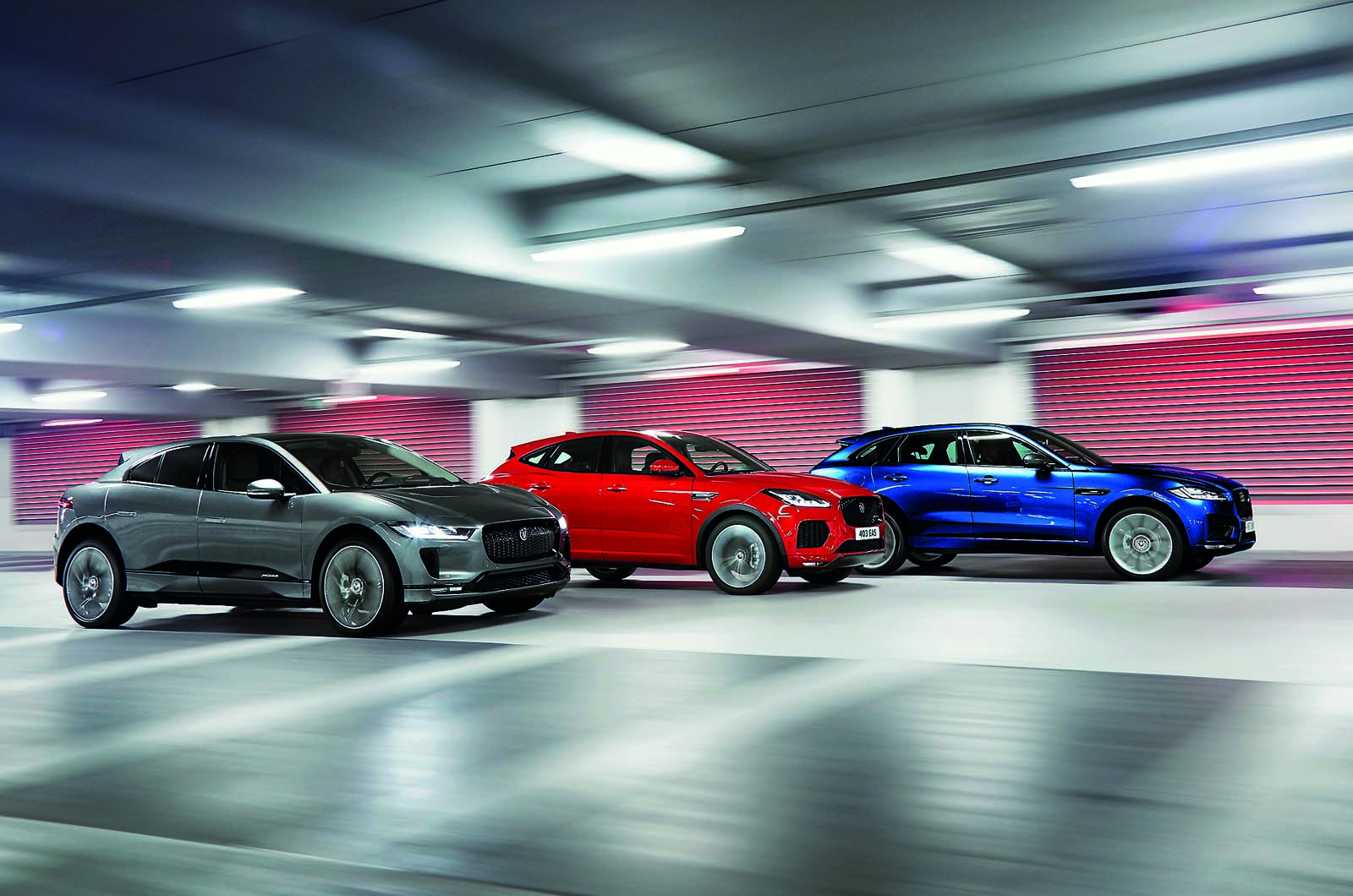
Also prominent in this progress will be a quick increase in the number of electrified Jaguars – both hybrids and full EVs – some of which will draw on the hardware, software and design influences of the revolutionary I-Pace, just launched.
The company, which promises at least one electrified version of every model by 2020, will keep its mix of performance-oriented saloons, SUVs and sports cars while accepting that burgeoning world demandfor soft-roaders is its real passport to higher sales and big profits.
Nine new Jaguars to expect in the coming years
The success of the 2016 F-Pace and the embryo success of the smaller, more affordable E-Pace are the main reasons for current improvements. However, company bosses are well aware that they need to continue producing upper- end models like the J-Pace to reinforce Jaguar’s image as the home of substantial, luxurious performance cars. Key models of the near to medium future are next year’s all-electric XJ limousine – which is being launched at that time to mark the 50th anniversary of Sir William Lyons’ seminal XJ original – and the bigger, super-luxury J-Pace.
Jaguar’s volumes, decimated in the financial crash of 2008-2009, have been rebuilt rather laboriously to around 150,000-160,000 cars a year, while bullish Land Rover and Range Rover sales have lifted total Jaguar Land Rover (JLR) volume beyond 600,000. Although that total is impressive in some ways, Tata-JLR bosses at one time planned to reach 800,000 sales by now and still have their eyes on an annual group total exceeding one million.

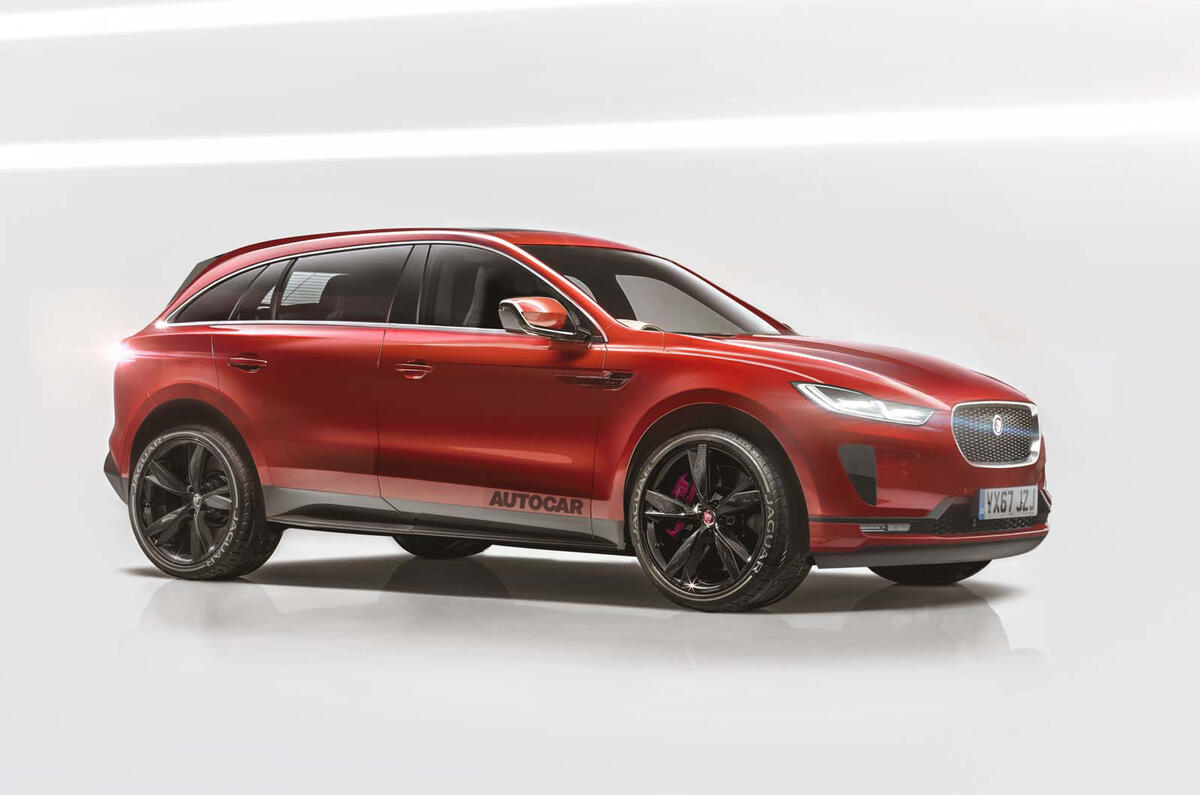
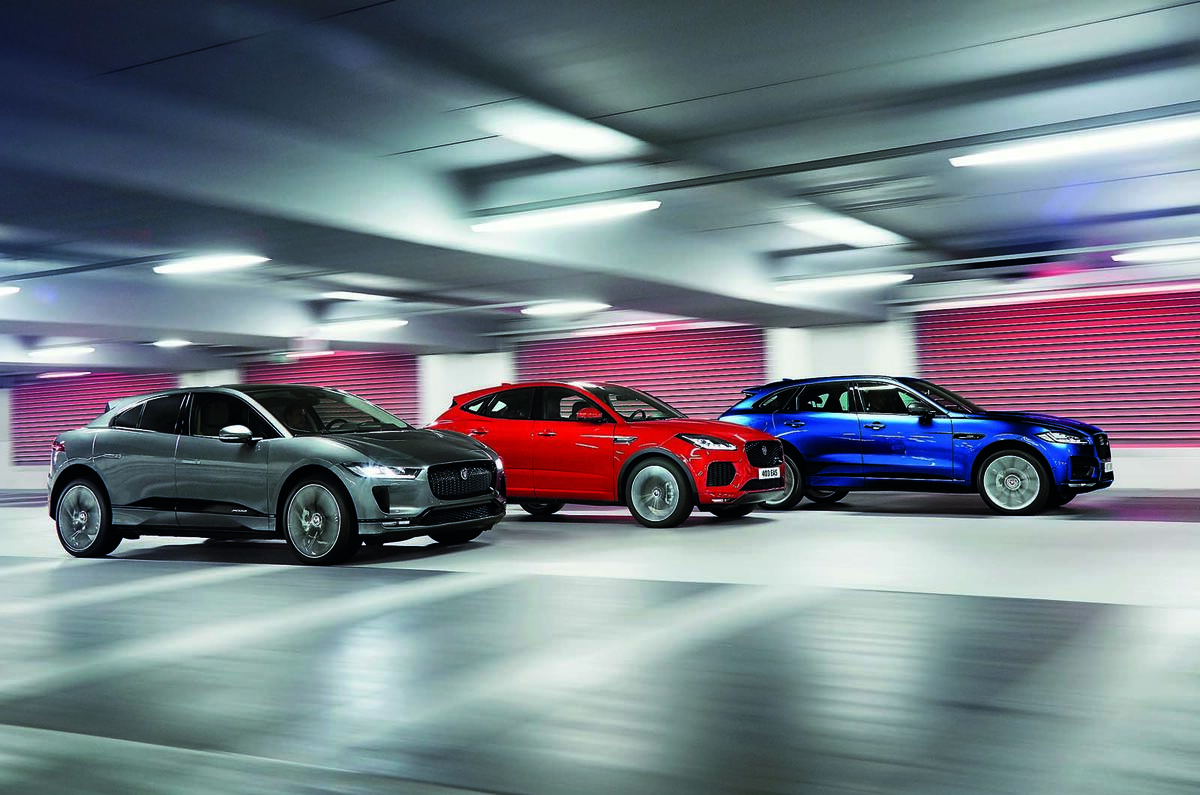
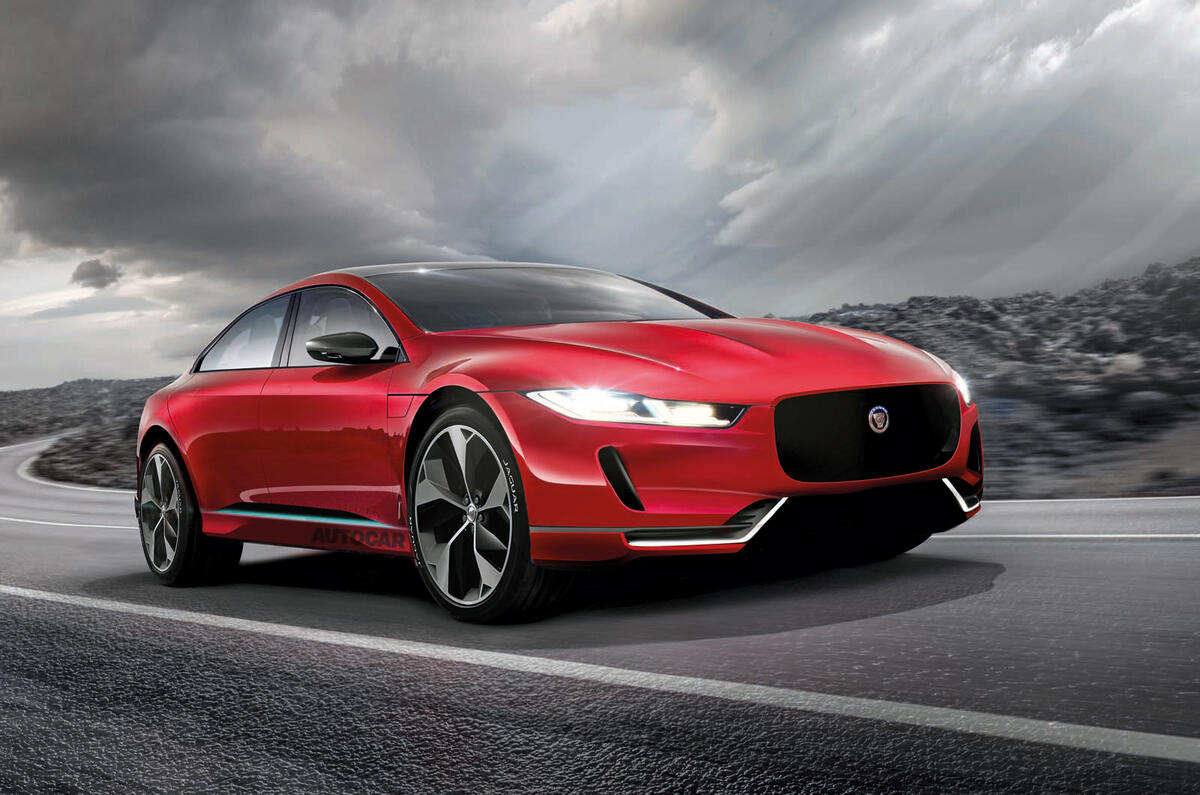
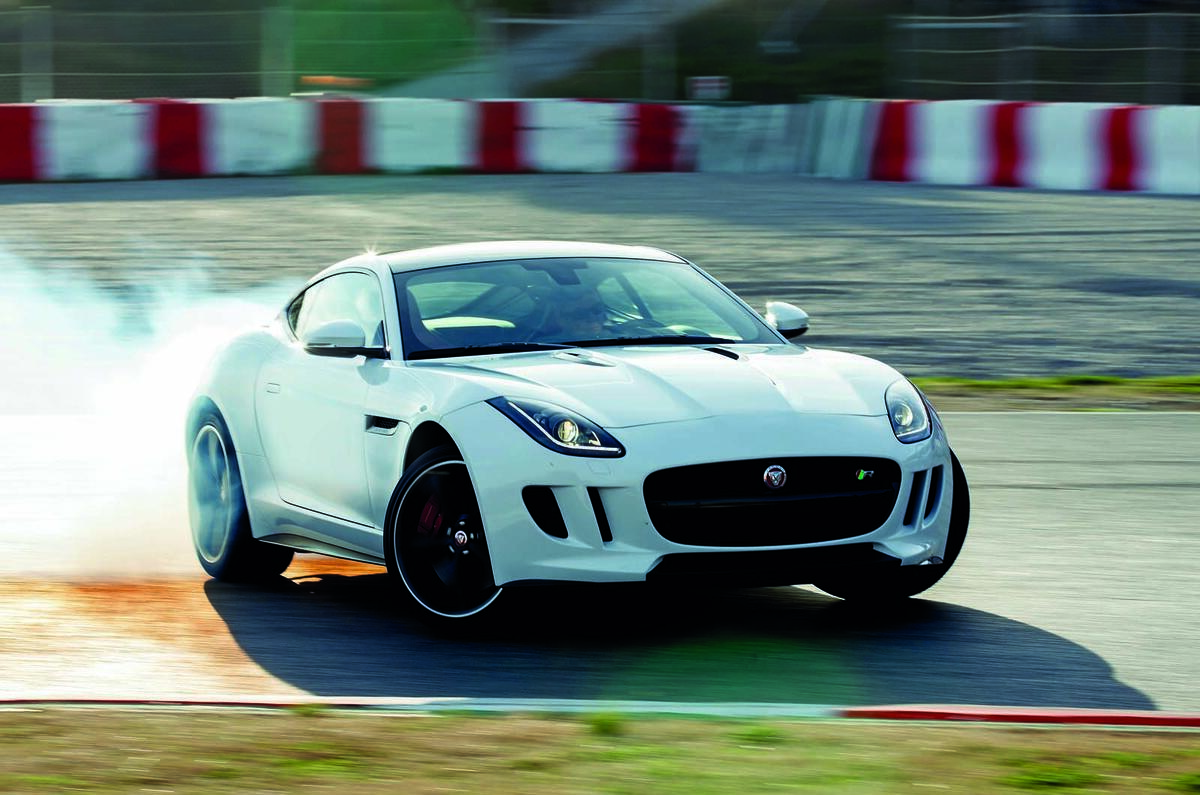
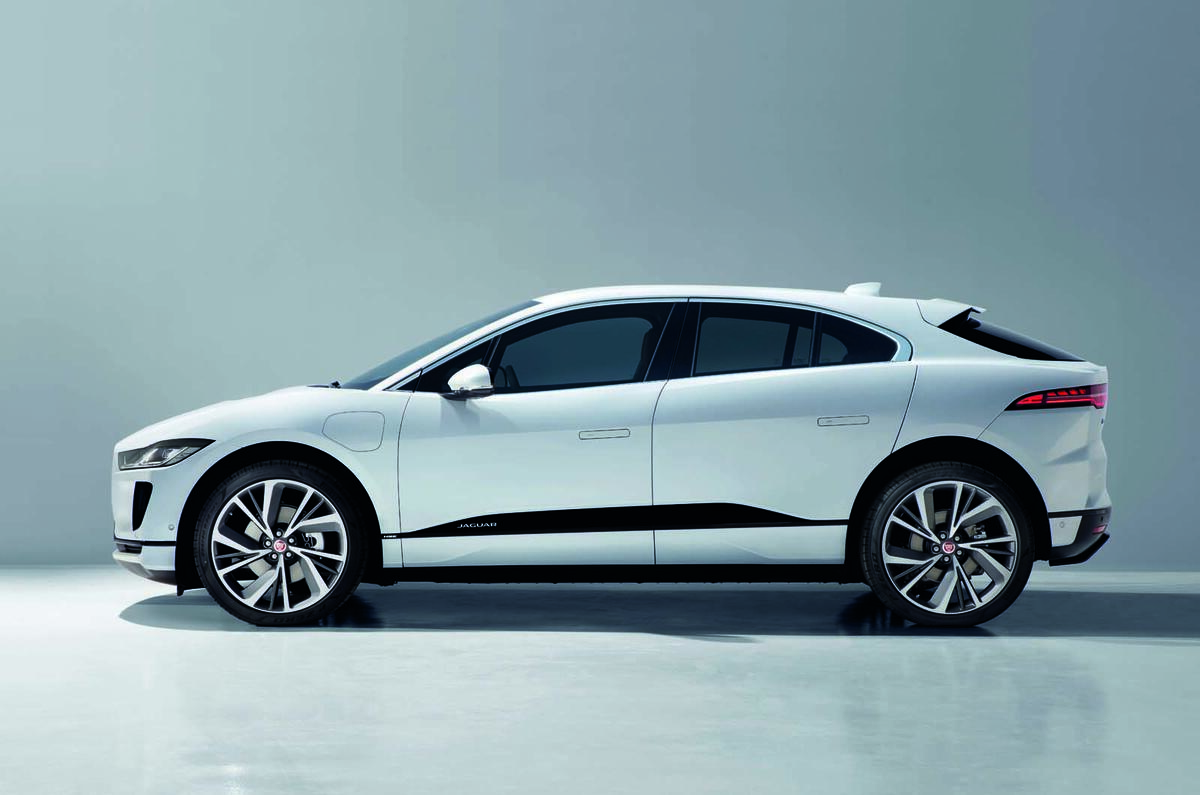
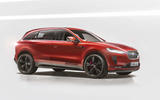
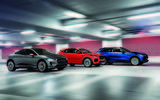
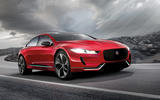

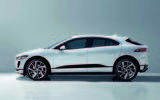

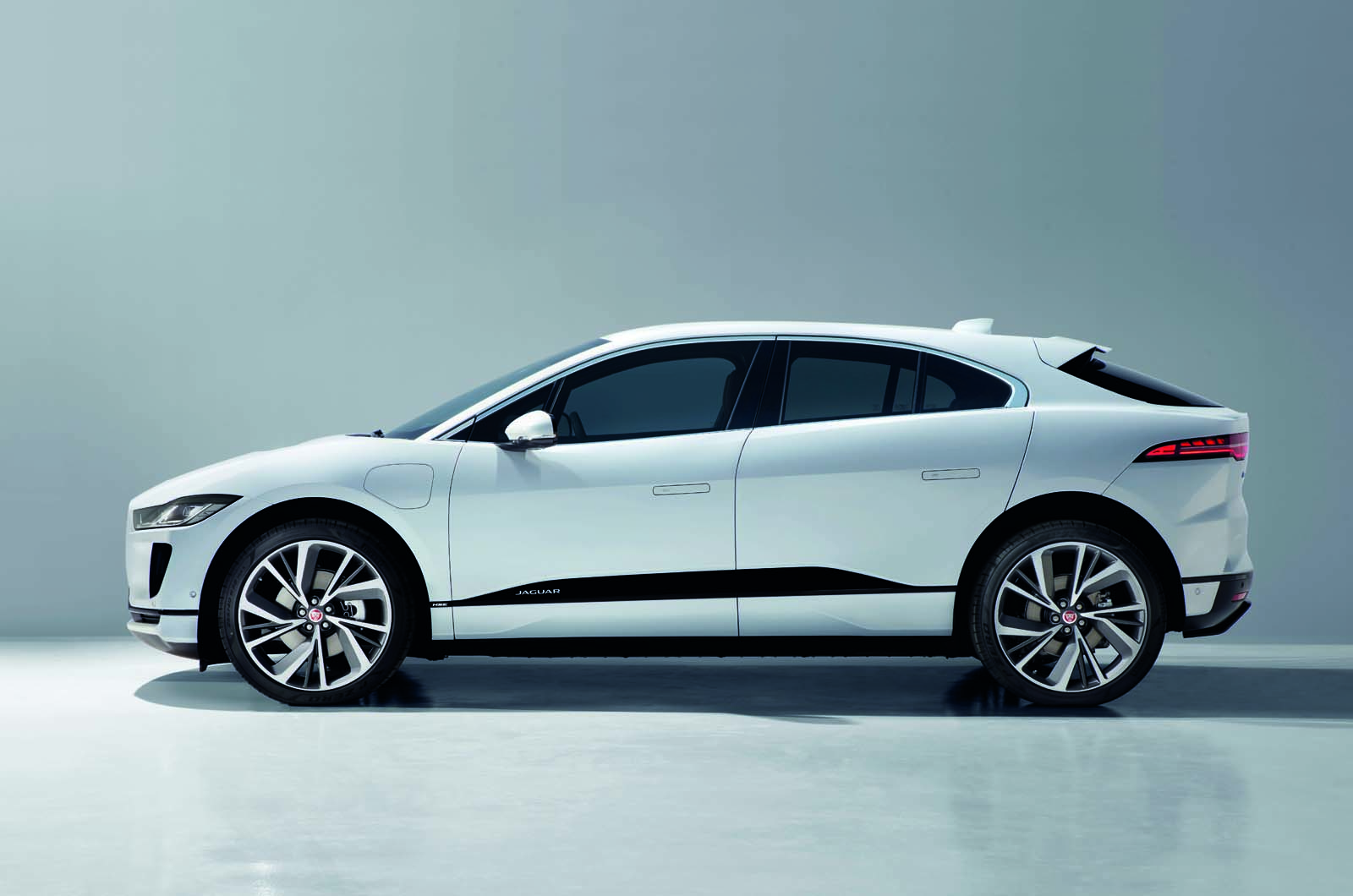
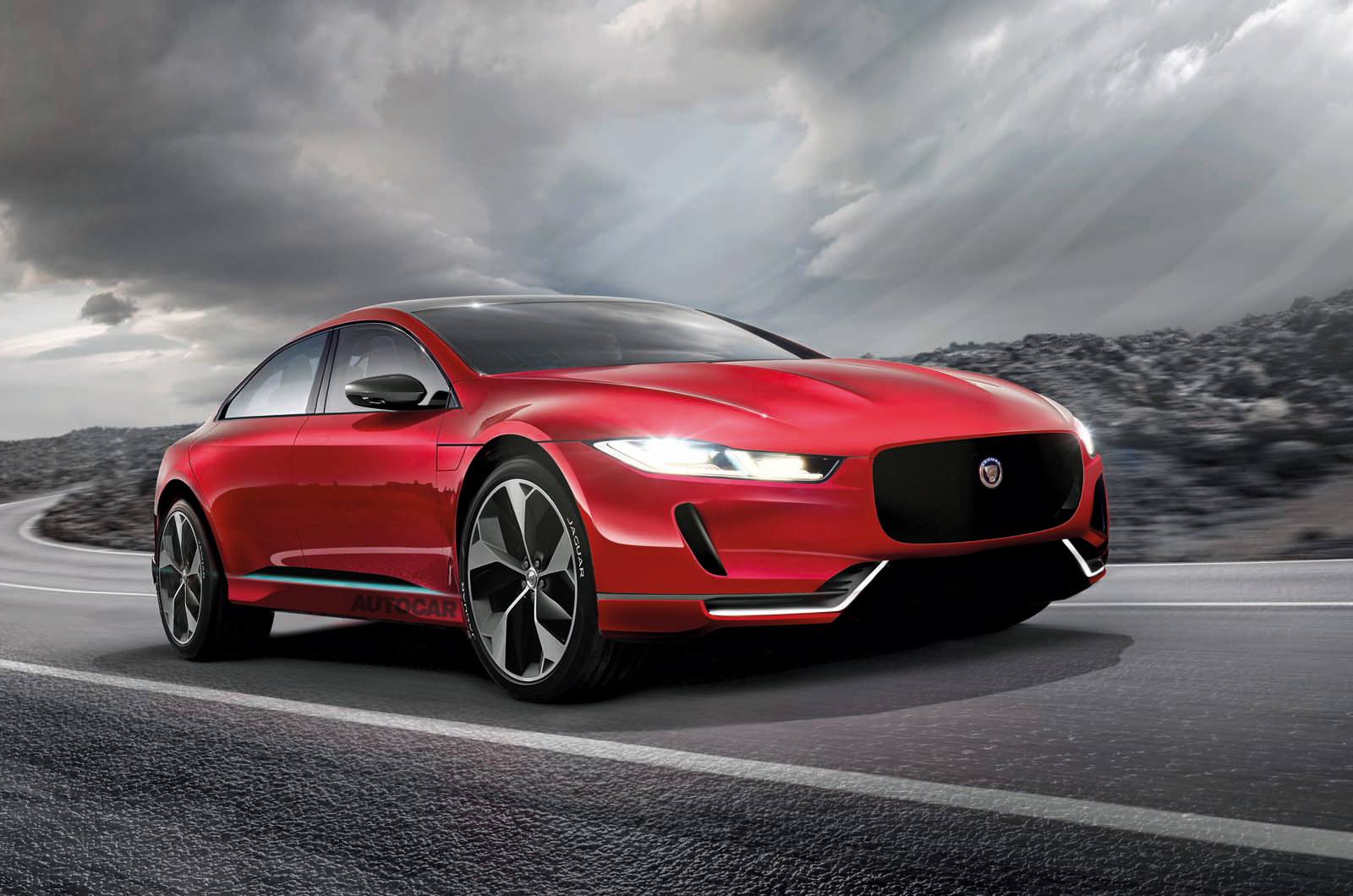
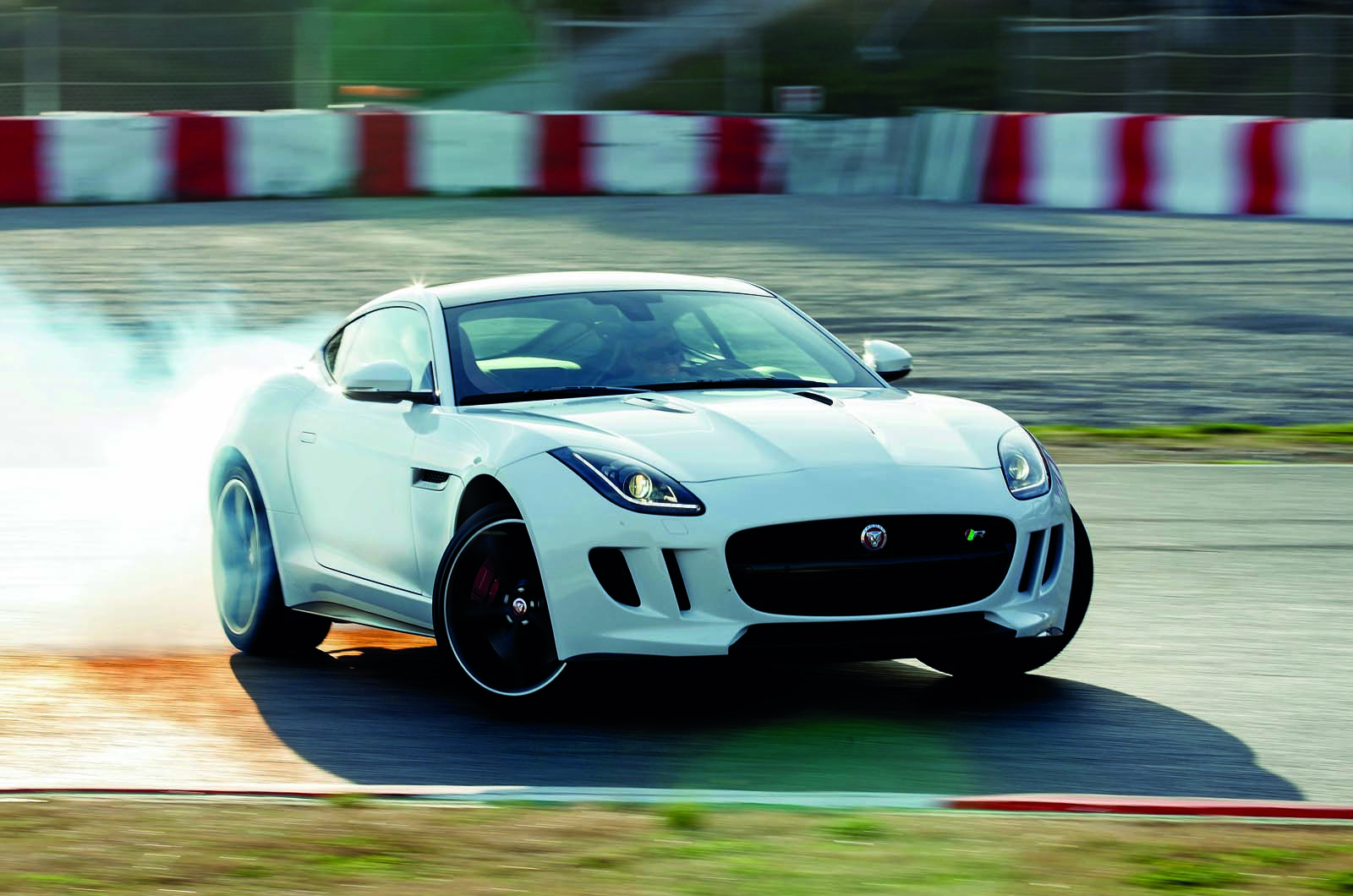





Join the debate
Add your comment
Less than 20,000 XE units....surely some mistake ?
Is that figure really correct ? If so, I can see Tata's patience running out in the next 2-3 years, maybe 5.
Whereas the XE founds its 'mission in life' donating its innards to the F-Pace which, in turn, keeps the receivers at bay, I can see no 'sunlit uplands' for Jag with the arrival of the outclassed E-Pace. The latter has to rely on its styling alone to make headway since Jag can't even sell it on price - given the slim pickings within the outsourced margins Steyr allows it. I have to assume that the E-Pace is a stocking-filler, a stop-gap done on the cheap with the (by now) heavily amortised LR platform whilst we await E-Pace Mk II in 4 years time with the new Evoque Mk II chassis coming along soon. I just hope Jag can survive in the meantime because the volume (and essential cashflow that comes with it) is in the E-Pace (and below) sector, not above. Strap yourself in: it's going to be a very bumper next 5 years.
Less than 20,000 XE units....surely some mistake ?
Is that figure really correct ? If so, I can see Tata's patience running out in the next 2-3 years, maybe 5.
Whereas the XE founds its 'mission in life' donating its innards to the F-Pace which, in turn, keeps the receivers at bay, I can see no 'sunlit uplands' for Jag with the arrival of the outclassed E-Pace. The latter has to rely on its styling alone to make headway since Jag can't even sell it on price - given the slim pickings within the outsourced margins Steyr allows it. I have to assume that the E-Pace is a stocking-filler, a stop-gap done on the cheap with the (by now) heavily amortised LR platform whilst we await E-Pace Mk II in 4 years time with the new Evoque Mk II chassis coming along soon. I just hope Jag can survive in the meantime because the volume (and essentail cashflow the comes with it) is in the E-Pace (and below) sector, not above. Strap yourself in: it's going to be a very bumper next 5 years.
Bah! "Sport"utility vehicle
Bah! "Sport"utility vehicle is as bad a misnomer as "Borderline" personality disorder,sad days indeed.In my home town the best car in the 50's was the Police Jaguar Mark V,suicide doors and all, in black.and the E-Type in 1961 was lovely, way ahead of its time in styling.Oh well, nostalgia!